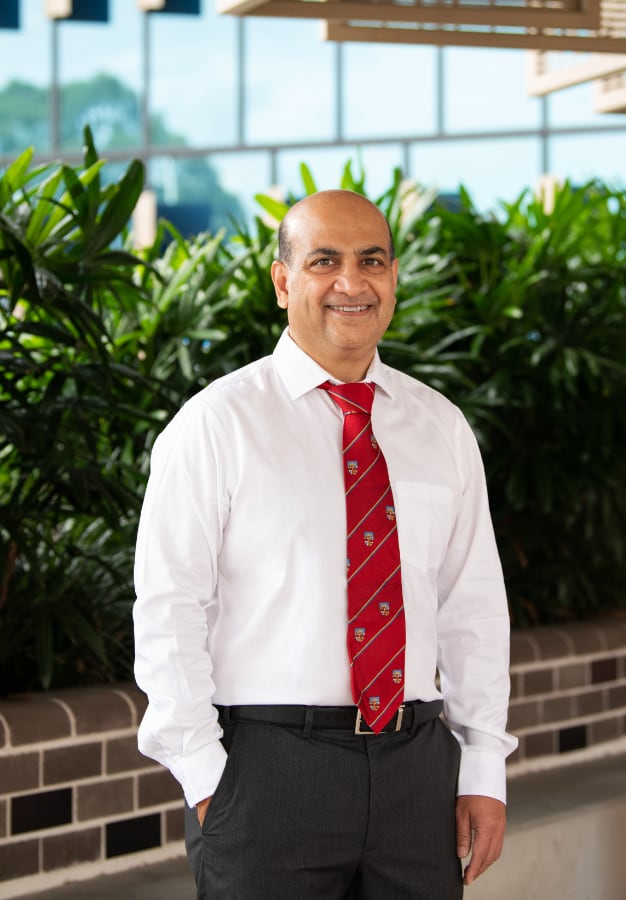Skin cancer is the most common form of cancer, and it arises from the uncontrolled growth of abnormal skin cells. In Australia, skin cancer rates are among the highest in the world due to the high levels of ultraviolet (UV) radiation from the sun.
Melanoma is the most serious type of skin cancer, originating from the pigment-producing melanocytes in the skin. Early detection and treatment are crucial for effective management and improved survival rates.

The primary cause of skin cancer and melanoma is exposure to UV radiation from the sun or tanning beds. Other contributing factors include:
In Australia, the high incidence of skin cancer has led to the development of comprehensive and advanced treatment protocols. Plastic surgeons play a crucial role in the management and treatment of skin cancer, particularly when surgery is required to remove the cancer and reconstruct the affected area.
Patients are usually advised to:
Recovery times vary depending on the type of surgery and the extent of the cancer removed. Most patients can return to normal activities within a few days to weeks. The final results, including the appearance of any scars, will improve over time.
The success of skin cancer surgery largely depends on early detection and treatment. Regular skin checks and monitoring for any changes in the skin are crucial for maintaining long-term health.
Skin cancer and melanoma surgery are vital procedures for effectively managing and treating skin cancer, especially in a country like Australia with high UV exposure. Experienced plastic surgeons perform these procedures with great success, helping patients achieve both medical and aesthetic goals.
Early detection and prompt treatment are key to ensuring the best possible outcomes.
For more information or to schedule a consultation, please contact our clinic. Dr Atul Ingle has significant experience performing both minor and major skin cancer and melanoma surgery, and is dedicated to helping you achieve your surgical goals and enhancing your overall quality of life.
He has 20+ years of experience in plastic and reconstructive surgery and holds two Master of Surgery Degrees. He is the Head of the Plastic and Reconstructive Surgery Department at Townsville University Hospital.
If you have a question about a condition or treatment, or would like to book an appointment, please contact us and one of our friendly staff members will happily assist you.
